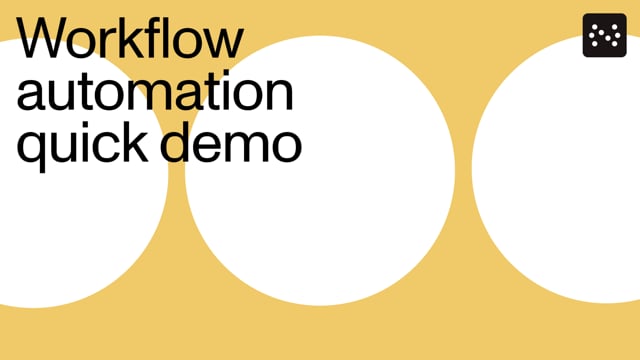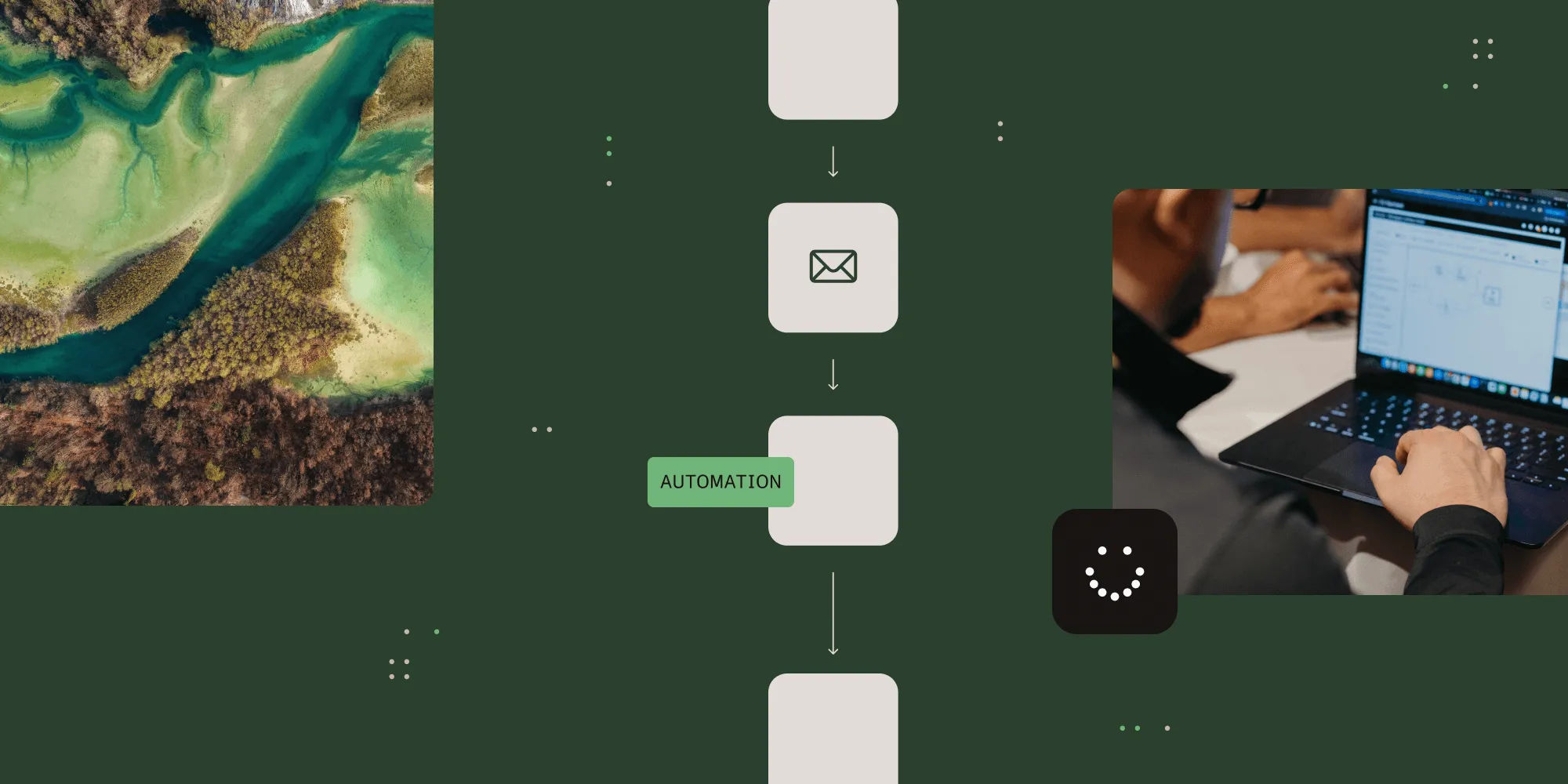Process Automation Software for Local Government
Table of contents

Local governments handle unique administrative operations, and process automation allows them to operate more efficiently. This will allow you to give a better experience to staff and residents.
The local government segment's responsibilities and duties differ from city to city and county to county. Still, one thing is the same across the board – each handles bettering the experience of the citizens in their respective areas. Local government sectors' most well-known functions are parks and recreation services, public works (street, snow removal, sewers, etc.), and registrar services.
Regardless of your sector, having a workflow system that keeps your projects organized, compliant, and transparent is essential. This blog will cover workflow automation, the benefits for local government, showcase how The City of Baltimore uses automation, and specific use case examples.
What is Workflow Automation?
Workflow automation refers to the design, execution, and automation of processes based on workflow rules where human tasks, data, or files are routed between people or systems based on pre-defined business rules. People often mistake automation as a way of replacing human workers. Automation does not replace workers; it frees employees by taking over routine, manual tasks. For example, instead of having an employee keying in data from a public event reservation form, automation will manually enter this data into the system, letting the employee get to working on this event reservation quicker.
By having automation take over these manual steps in your processes, significant improvements will be made in accuracy, efficiency, and productivity. Consider watching this quick video, What is Workflow Automation(opens in a new tab), for more information.
Benefits of Automated Workflows in Local Government, Cities, and Municipalities
Now that workflow automation has been defined, here are some benefits that municipalities will gain from implementing workflow automation:
Efficiency
Overall efficiency plummets when your organization doesn't have a centralized location for making and managing requests. Having one consistent site for your employees and county residents to submit proposals, manage approvals, and share information will make your staff more organized and capable of getting more done.
Secure data.
Automation platforms like Nutrient Workflow provide a consistent, secure, auditable workflow system for any compliance system. With compliance regulations becoming more critical, enforcing consistent processes that match your department's policies and procedures is essential.
Reduce administrative costs.
Your organization will reduce administrative costs by streamlining processes, eliminating paper, and reducing cycle times. Nutrient Workflow has been shown to reduce workflow operations costs by 30%, cut request and approval cycle times in half, and deliver positive ROI in as little as three months.
Replace outdated legacy systems.
Older workflow systems that may be in place can be slow and buggy. Your organization might have many paper processes in place as well. Either way, this manual activity slows down government processes.
By implementing workflow automation and replacing these outdated systems, you are also on the path to becoming a paperless organization. The old working methods are slowing public sector employees from doing their job as efficiently as possible.
Improve user satisfaction.
Citizens and staff members will both have increased satisfaction from implementing workflow automation. Imagine having a platform that is available 24/7, holds all requests in one centralized location, and provides users with both transparency and expediency. That right there is the power of workflow automation.
The easy-to-use platform allows a city-branded portal to submit requests, manage approvals, share information, track progress, etc. It is a one-stop shop for all users.
The City of Baltimore Case Study
Baltimore's Business Process Improvement Office (BPIO) is focused on making the delivery of city services more efficient and cost-effective. BPIO implemented Nutrient Workflow to standardize and automate their manual, paper-based workflows as a part of the city's digital transformation. Read their entire case study and watch testimonial videos here.
Processes You Could Be Automating
- AP Processes
- Budget Approvals
- Employee Hiring and Onboarding
- Permit Requests(opens in a new tab)
- Citizen Feedback
- Volunteer Intake(opens in a new tab)
…and more! Download our free use case sheet to give you some ideas of what's possible.
Are you interested in learning more about automating your city's workflow?
We have many resources to help you learn more about workflow automation and Nutrient Workflow.
- Recorded Demonstration of our Workflow Automation Software
- Request a Live Demonstration(opens in a new tab)
- Workflow Tools and eBooks
Watch our quick demo!


Toni Buffa
Toni is a member of the Nutrient Workflow marketing team and writes for the Nutrient Workflow blog. Toni lives in Colorado and loves animals of all stripes.







